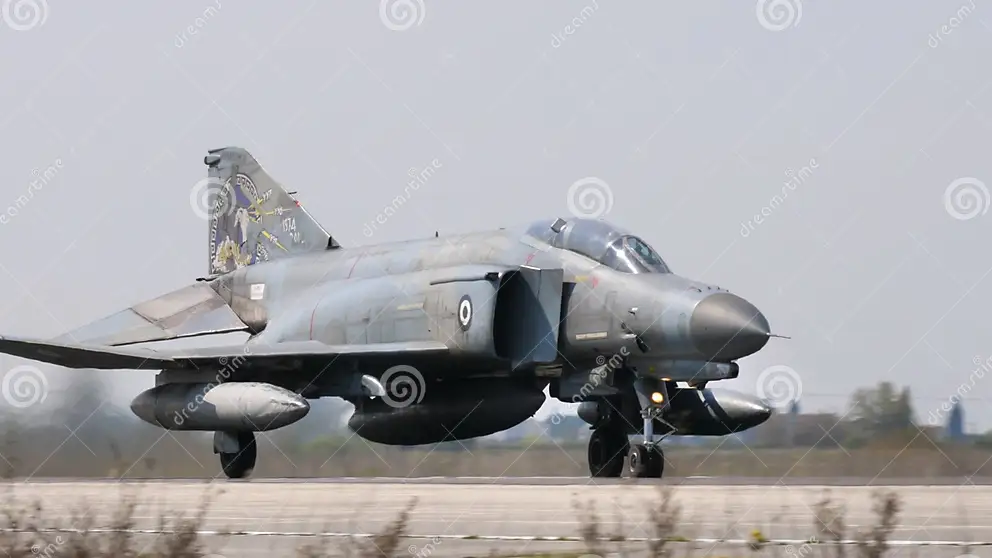
F-4 Phantom II: America’s Best Fighter Jet Ever
F-4 Phantom II: America’s Best Fighter Jet Ever
The F-4 Phantom II, originally developed by McDonnell Aircraft (later McDonnell Douglas and now Boeing), has often been hailed as one of America’s best fighter jets. With its unique design, adaptability, and extended service life, the F-4 has proven its worth in numerous conflicts and roles around the world. Here’s an expanded look into its history, features, and legacy:
- Historical Context:
- Designed in the late 1950s, the F-4 was originally conceived as a fleet defense interceptor for the U.S. Navy. However, its versatility soon led to its adoption by the U.S. Marine Corps and U.S. Air Force.
- The Phantom II was integral during the Vietnam War, where it played a prominent role in air-to-air combat and ground attack missions.
- Over its life span, the F-4 was used in a plethora of roles, including interceptor, fighter-bomber, reconnaissance aircraft, and Wild Weasel (anti-Surface-to-Air Missile aircraft).
- Distinctive Features:
- The Phantom II boasted a tandem two-seat, twin-engine layout.
- Recognizable by its downward-canted tailplanes and drooping outer wing panels, the F-4 had a unique aesthetic.
- It was one of the first multi-service combat aircraft, capable of carrying out both air-to-air and air-to-ground missions.
- The aircraft was also the first to be equipped with a pulse-doppler radar, which was revolutionary for its time.
- Performance:
- Capable of reaching a top speed of over Mach 2, the F-4 was one of the fastest fighter jets of its era.
- Its adaptability made it suitable for a wide range of mission profiles, from dogfighting with enemy jets to delivering precision airstrikes.
- Legacy:
- The F-4’s international success is evidenced by its adoption by numerous allied nations. Countries such as the UK, Germany, Israel, Japan, and South Korea, among others, have operated the Phantom II.
- In total, 5,195 Phantoms were built, with the final one rolling off the production line in 1981.
- Sadly, many of the remaining F-4s were converted into QF-4 target drones in their later years, serving the purpose of missile targets. A testament to the F-4’s ruggedness, even in this role, some proved difficult targets to down.
- Retirement and Preservation:
- While the F-4 Phantom II has largely been retired from frontline service in the U.S. and many other nations, it still holds a special place in aviation history.
- Many are preserved in museums and serve as gate guardians at military bases, ensuring that future generations can appreciate the significance and beauty of this iconic aircraft.
In conclusion, while it might be a subject of debate whether the F-4 Phantom II was America’s “best” fighter jet ever, its impact on aviation history and its service record speak volumes about its importance. With a blend of power, versatility, and resilience, the F-4 has certainly earned its place as a legendary aircraft in the annals of military aviation.



